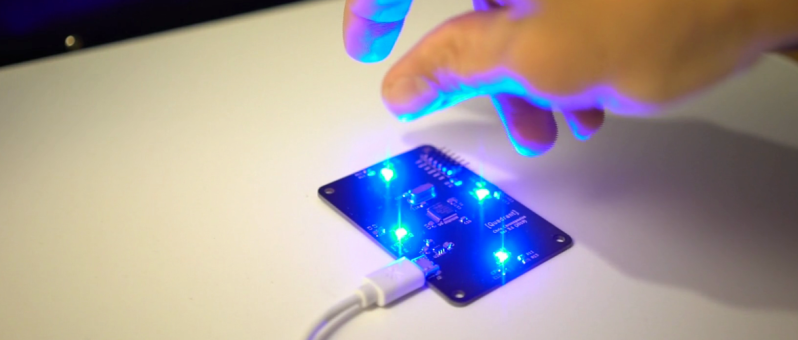Laser Theremin Turns Your Hand Swooshes into Music

In a world where smartphones have commoditized precision MEMS Sensors, the stage is set to reimagine clusters of these sensors as something totally different. That’s exactly what [chronopoulos] did, taking …read more Continue reading Laser Theremin Turns Your Hand Swooshes into Music